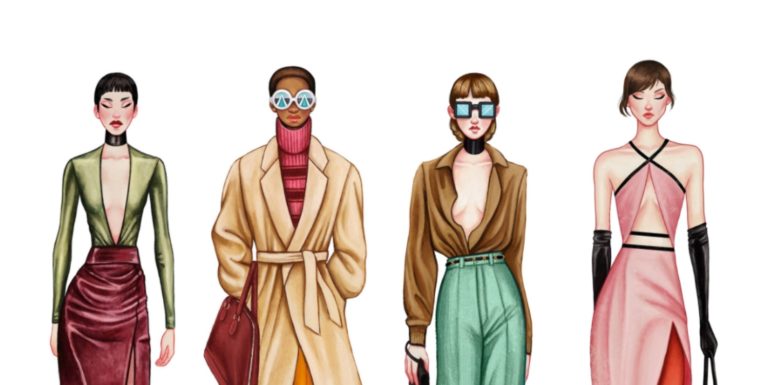Here are (some) answers
IF, during the pandemic, you’ve been shopping online you may be familiar with the struggle of finding a size that fits you.
“The other day I ordered from Asos and had to buy two different jeans, two different sizes and none of them fit properly. It was annoying,” said Cristina Zamora Serra, 22, of Cambridge.
Why is it that you can find your true size only through trial and error (and lots of trip to the post office)?
If you have ever wondered, here are (some) answers.
First of all, why is it that my size changes at different brands?
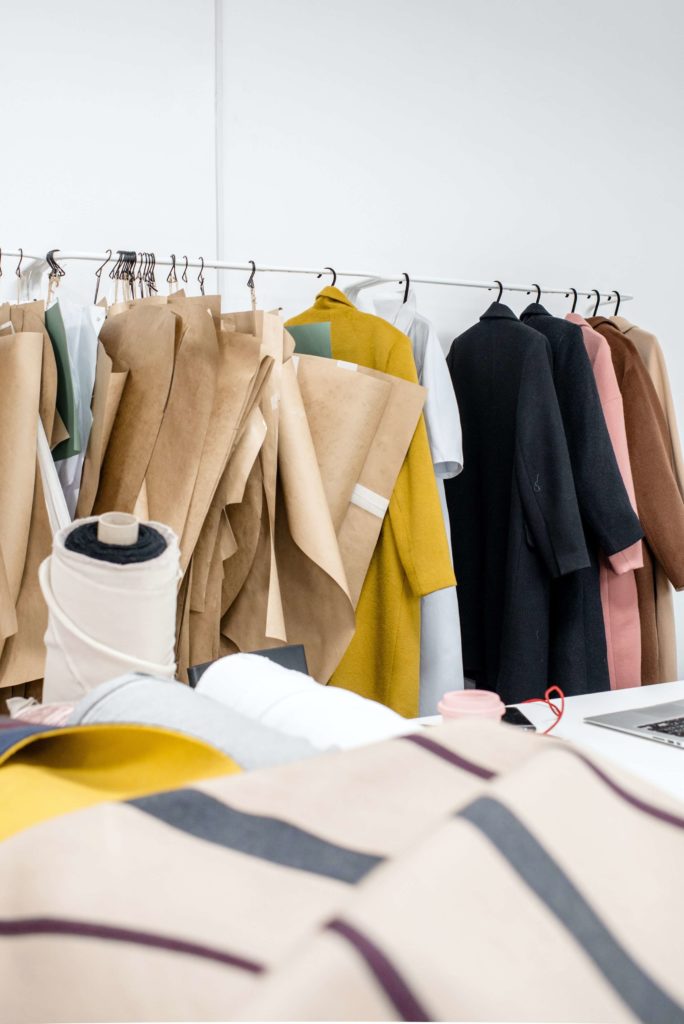
According to a study by Dr Simeon Gill and Dr Kathryn Brownbridge on the truth of standard sizing “there is currently no conclusive sizing system” and no clear understanding about how we got to the way of sizing we use today (more on this later).
It goes on to explain that in the UK there are sizing standards set by the British Standards Institution, yet these do not set out what measurements a specific size should have.
The study also found that even fashion brands sharing a parent company (such as H&M Group) share little sizing standards.
What this means is that every retailer and brand decides its own dimensions, which is why you may be a different size in different stores.
“The sizing system is just chaos, but at the same time, women don’t necessarily have a system either, we’re all individuals,” said Claire Vaughan, 41, of Cardiff.
What Claire is hinting at, and what Dr Gill and Dr Brownbridge expand on, is that sizing discrepancies cannot only be explained by abstract sizing codes but also by variation in style preference. It’s hard to compare two size-14 jeans when one is high-waisted and stretchy and the other is a skinny fit.
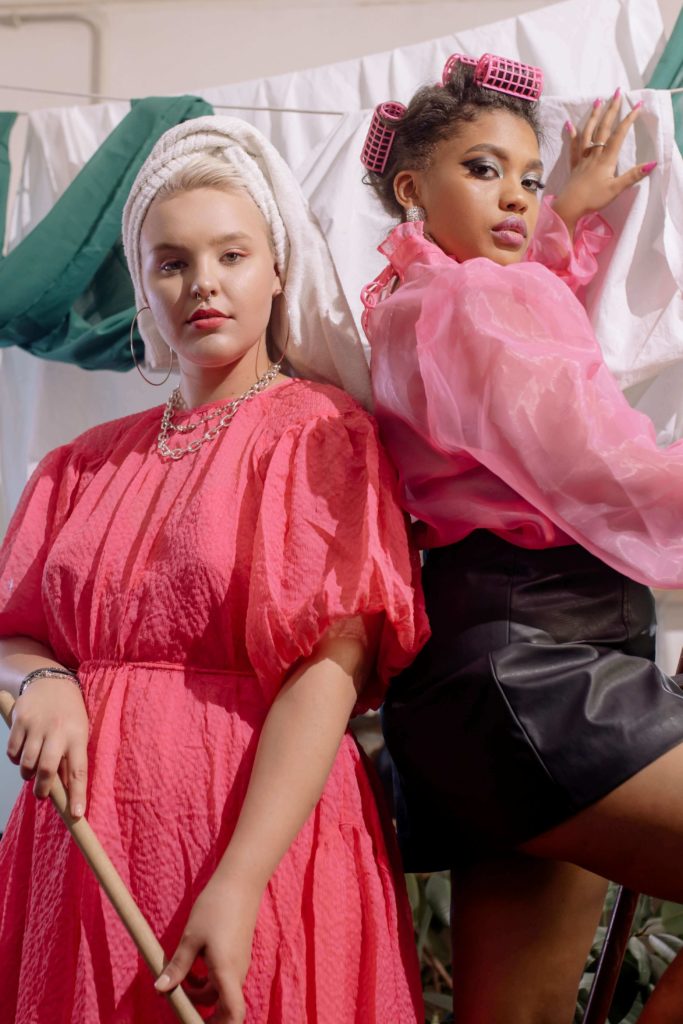
Jennifer Schuessler, 50, of Sussex, sews her own clothes based on patterns she usually buys in small haberdashery shops.
Jennifer noticed that “if you look at the retail sizes, they never comply with the pattern size.
“Really, when you buy, for example, a ready-to-wear dress and it’s a size 10, you can be sure that, when you use a pattern, you need to have a size 12.”
This discrepancy can be explained by a marketing idea used by some retailers called vanity sizing, when the measurements get bigger but the size is called the same.
“Some shops will make their size smaller in order to make women feel better about themselves, which is awful,” said Claire.
Adapting sizing codes that are already difficult to navigate as marketing tools could make sizing systems “become meaningless,” added Dr Gill and Dr Brownbridge.
Jennifer shared her own experience of this: “In my sewing club the women are all different but it’s always important that they go smaller because the whole industry tells you that you have to be a smaller size.”
Well, no wonder when sizes 6 and 8 are the industry standard while the average UK woman is a size 16. Why is that?
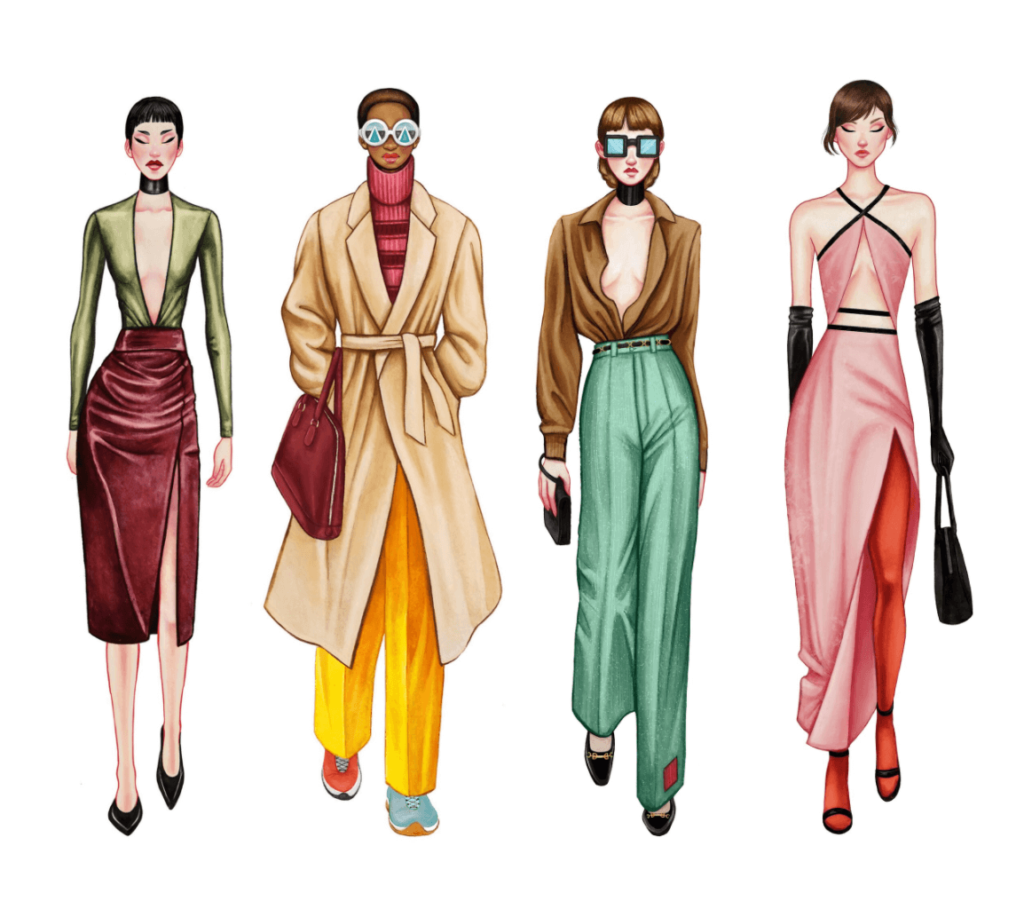
According to the Macmillan dictionary the four models illustrated above “are the standard industry size, below a UK size 10.”
In other words, a UK size 12 and above is technically already “plus-size”. In 2014 Spanish retailer Mango was subject to outrage when its 400-piece Violeta plus-size collection followed just this logic, according to the Huffington Post.
Statistically speaking, these models are anything but representative of the UK population’s standard fashion size, which in 2017 was a size 16 (according to a report by PwC). Yet, the same report also defines the plus-size clothing market as starting with a size 16 or 18. How does that make sense?
“It’s aspirational, it’s all part of the trying to keep us worried and anxious about ourselves. If we’re constantly trying to attain something that isn’t attainable, then we’re constantly striving to their product,” said Claire.
“In the Devil Wears Prada, Miranda Priestly (a powerful fashion magazine editor) talks about the turquoise sweater and she says well, you might not care, but actually, your sweater came from this idea in this collection and this person, and this is the reason.
“The people at the root of those ideas about size, they’re styling for women who don’t exist.”
We can trace the origins of the UK sizing system back to 1952 where the UK government created the first national sizing survey, according to Dr Gill and Dr Brownbridge.
The participants for this UK survey took the measurements of young, poorer women that did not reflect the full diversity of women’s sizes as it specifically disregarded non-white and older women. This skewed data still informs “many of the approaches which support sizing practices” today.
In 2004 the UK Government, 17 major UK retailers (including Arcadia), academics and technology companies collaborated on a second sizing survey with 5,500 women. This finally was a statistically representative sample of the UK population and also found that 60% of UK shoppers had difficulty finding clothes that fit.
“I don’t understand why that’s so difficult. It’s like why is the designer finding it so hard to make clothes for a woman with a large bum and full-size breasts? That is the reality of most women, they have kids, they have bodies, it’s just disappointing,” added Claire.
So then why can’t brands and retailers just extend their size range?
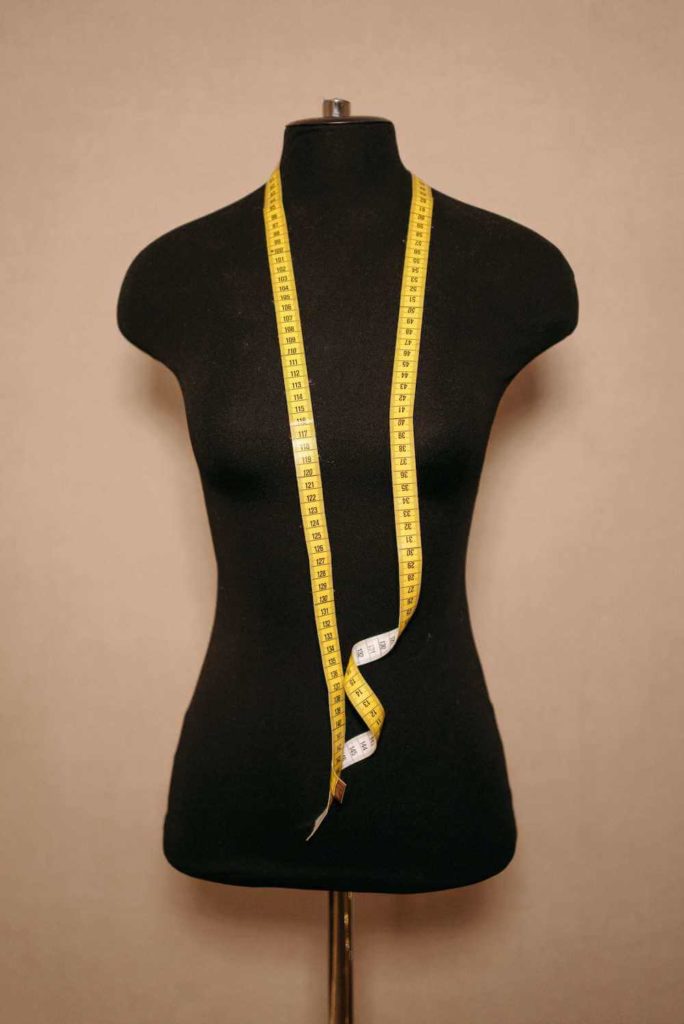
Additional costs and the need for more flexible manufacturing are two reasons outlined in the truth of standard sizing study about why retailers may not be truly sizing inclusive.
For Claire, there’s a clear distinction between retailers that appear to be size inclusive and those that really put in the behind-the-scenes work.
She said: “A company that says it’s size-inclusive and their sizes go up to say, 16, it’s like, wait a minute, so half the population is not included. That’s not in any way inclusive.
“If you think about it, the sample sizes they’re all pretty much flat chested, it doesn’t have any definition doesn’t have any curves.
“Then when they’re just sizing up, they’re not imagining the curves that come from real bodies, what kind of like weird bumps and lumps we have.”
Meanwhile, Dr Gill and Dr Brownbridge’s research found that women with smaller sizes had more choice than larger sizes, as variation between sizes was smaller.
“There is a balance that is missing if you’re only doing it by maths,” explained Alexandra Waldman on a podcast episode of The Innovators in 2019. She is co-founder of Universal Standards, a size-inclusive brand catering to US sizes 00 to 40.
The brand overcame this issue by “micro-sizing”, meaning it adjusts the fit and style of each garment to suit every single size.
As Jennifer explains, making your own clothes patterns (which is how you convert a 2-D fabric into a 3-D clothing piece) is really difficult. It takes many hours of practice to get it just right.
In the end, it’s a matter of showing women respect – regardless of their size and giving them the choice to choose their style.
“You should feel comfortable in your clothes because it really cheers you up. At least at the end of the day, you cover your body with it, so you want to express something,” said Jennifer.


